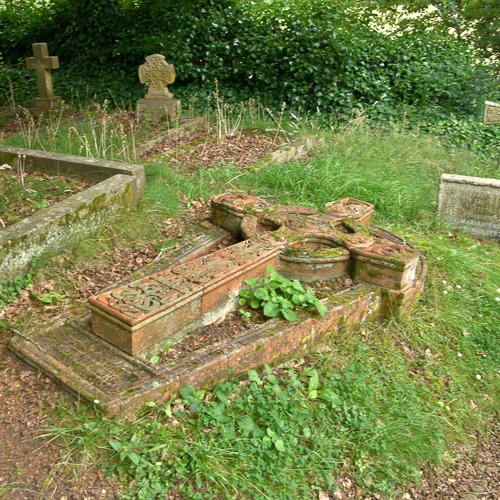July 2024
Watts Gallery is a gallery and an Artists’ Village in the village of Compton. Mary Fraser-Tytler Watts created it as an homage to the work of her husband, Victorian-era painter and sculptor George Frederic Watts.
The chapel, designed by Mary and assembled by the local villagers, is the center and most awe-inspiring thing about the place.
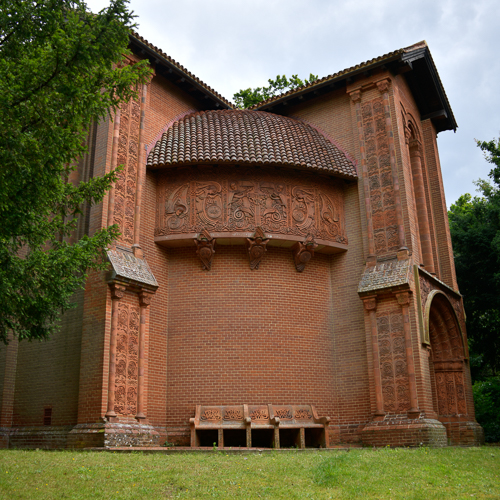
The Watts Mortuary Chapel
The Chapel is a Modern (British Art Nouveau style) version of the Celtic Revival. While the overall architectural structure is loosely Romanesque Revival, the terracotta relief carving and interior are Celtic Revival on a large scale. According to the local council, it is “a unique concoction of art nouveau, Celtic, Romanesque, and Egyptian influence with Mary’s own original style.”
The Exterior
Mary Watts was influenced by different cultures and religions from around the world. The chapel design is based on the idea of the Circle of Eternity with the Cross of Faith running through it. Mary was inspired by other round buildings, including the Buddhist Stupa.

The Path of the Just is the frieze around the circular exterior of the Chapel, taking its imagery from the Book of Proverbs. The frieze shows positive human characteristics and is separated into four sections: Truth, Hope, Light, and Love. The Path of Truth shows the owl, which symbolizes wisdom, while the Path of Hope has the peacock, which loses its tail feathers in autumn and grows them again in spring. The bird on the Path of Light is the eagle, which sees further than any other bird, and the Path of Love shows the pelican, traditionally a symbol of selfless love.
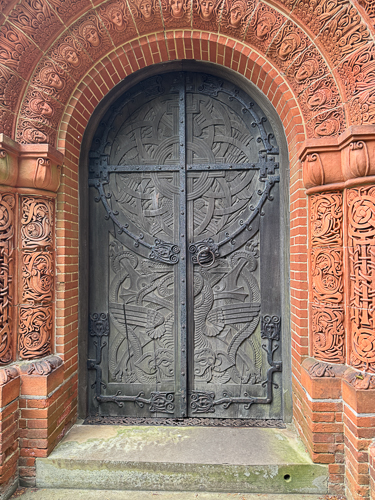
The chapel doors are made of chestnut and oak and were carved by the Compton wheelwright Thomas Steadman, and its hinges are made by the local blacksmith Clarence Sex. The overall form and style of the carving is reminiscent of early Scandinavian wooden doors. The design shows a dragon, symbolic of the Evil Spirit, cut through with the cross, reflecting the triumph of Christian love over Paganism.
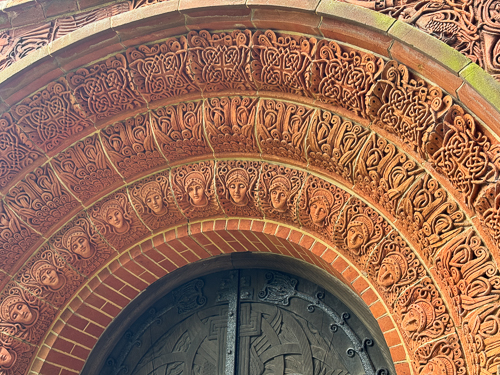
The entrance arch and pillars are decorated with tiles that reflect the sadness of death but also give hope, showing renewal and unity through the Divine. Angels alternately look down in sorrow and up in hope, and the faces on the pillars learn truths from nature.
* *
*
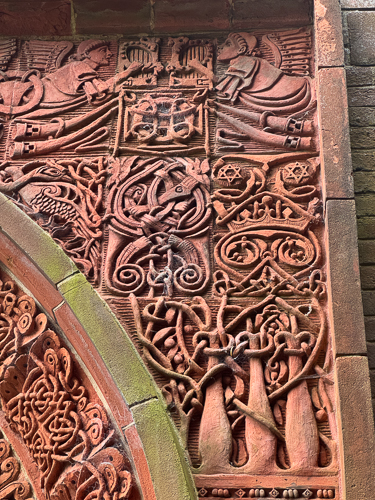
A group of local amateurs and enthusiasts, many of whom later joined Mary Fraser-Tytler Watts to found the Compton Potters’ Arts Guild, constructed the chapel from 1896 to 1898; virtually every village resident was involved.
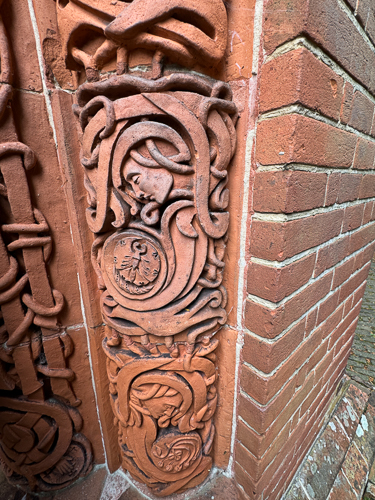
*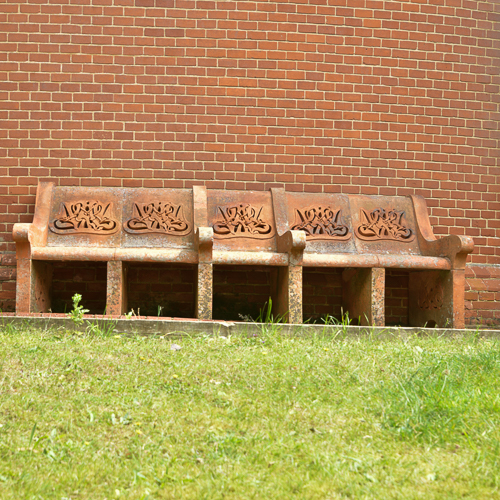
The Interior
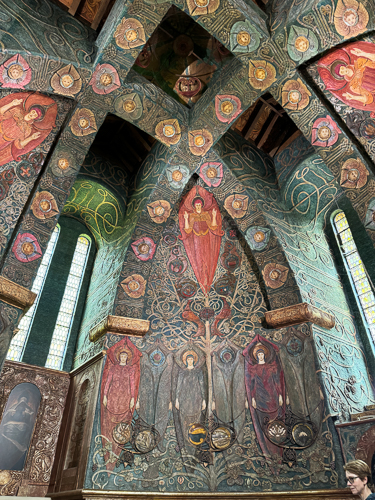
Local villagers were invited to decorate the chapel under Mary’s guidance, resulting in an interior fusing art nouveau and Celtic influences combined with Mary’s original style. Each Fraser-Tytler Watt’s evening class member, led by Louis Deuchars, had a separate job, with 74 Compton villagers participating.
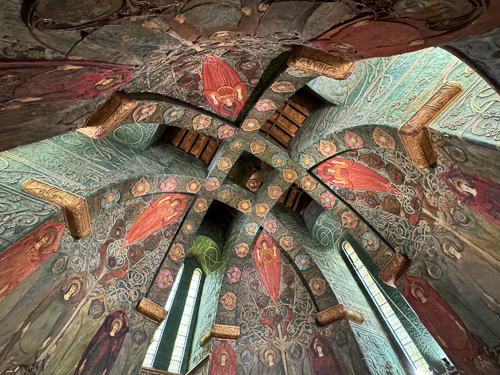
The ceiling suggests a transept (something typical of cross-shaped churches), which doesn’t really exist on the chapel’s floor. Fraser-Tytler’s notes on the decorative program indicate that at the apex of the ceiling is the circle, which suggests wholeness, eternity, and divinity.
The four angels closest to God are Seraphim (burning angels), who belong to the highest order of the celestial hierarchy. They are clothed in crimson, the color of love and life, and hold uplifted hands in the sign of blessing.
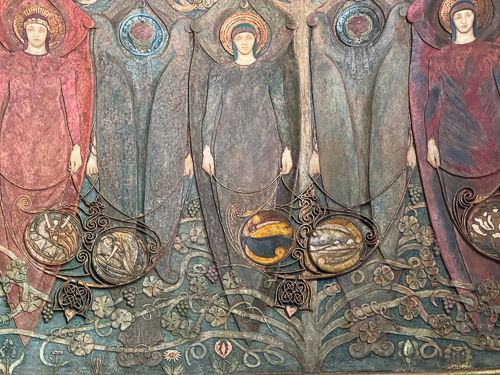
On the walls, angels alternate facing the center of the room. The ones facing the interior are angels of light, and the ones facing away are angels of darkness. 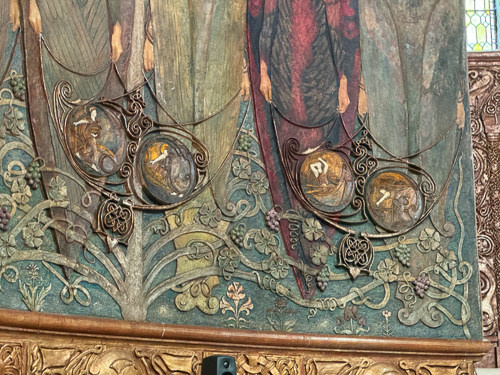
The messenger angels hold discs representing the light and the dark or the positive and negative of all things.
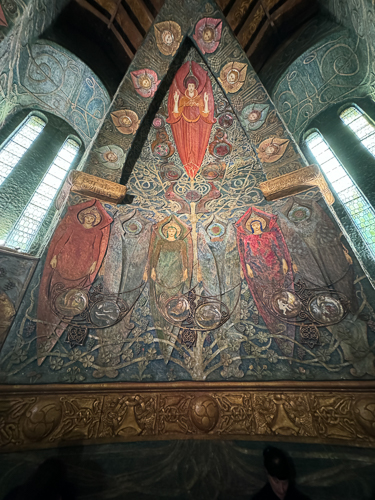
The Tree of Life is a powerful universal symbol, and Mary uses it both in the interior and exterior of the chapel. Outside, it is used as a vision of hope and renewal on the sides of the Chapel buttresses. Included in the Tree of Life are symbols representing the whole of creation. Flowers on earth are found at the bottom, then fruit, shells, fish, serpents, birds, beasts, man and woman, the sun, the moon, stars, and angels.
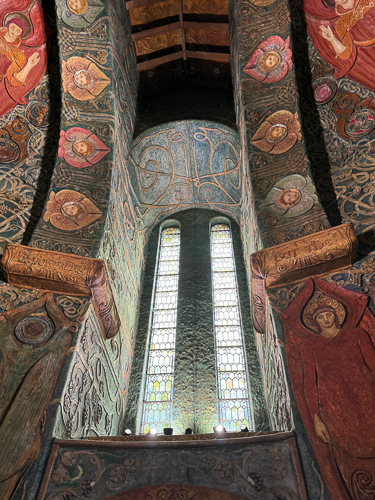
Cherubs are included in the highest order of the hierarchy and decorate the arches. They have the faces of children and represent the soul.
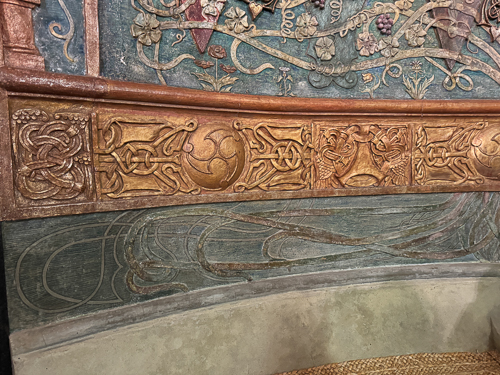
*
The little flowers symbolize the fair gifts of Nature. They were made by the children of Compton and are said to represent flowers that can be found in the area.
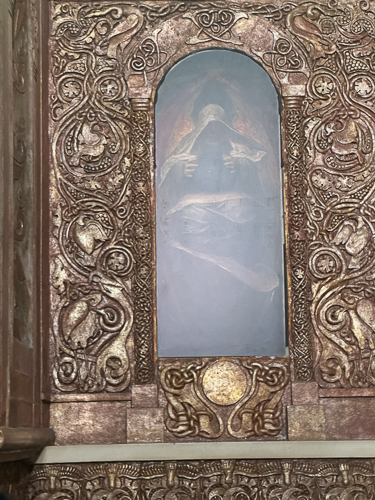
G. F. Watts paid for the project and painted a version of The All-Pervading for the altar three months before he died.
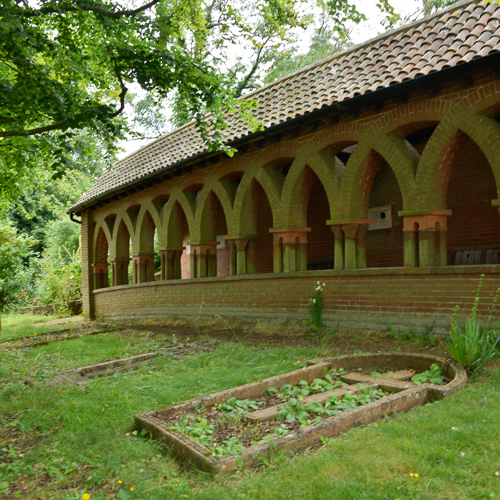
Both Wattses have memorials in the “cloister” a few yards from the chapel, and a number of the memorials throughout the small cemetery use unglazed terracotta, even from dates after the Compton Pottery closed in the 1950s.
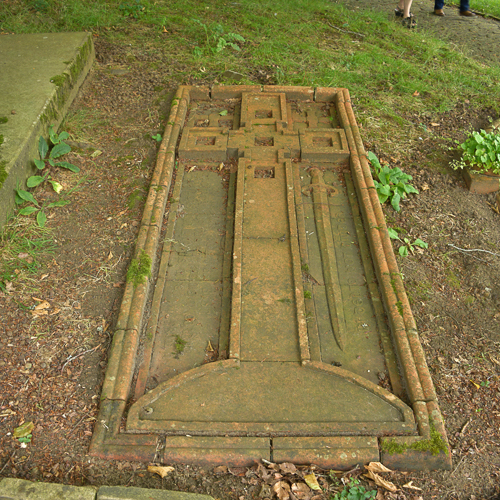
* *
*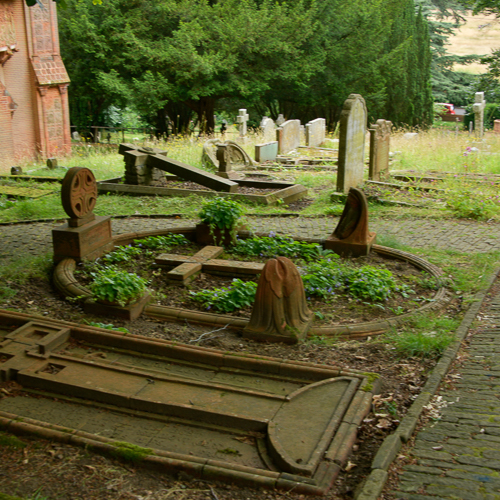 *
*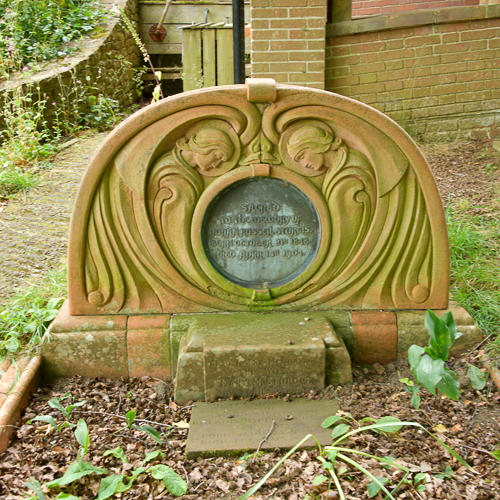
*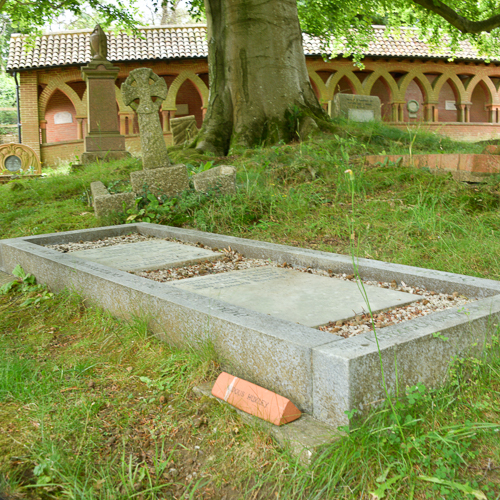
Members of the Huxley family, including Julia Huxley and her sons Aldous Huxley and Julian Huxley, are buried in the cemetery.
